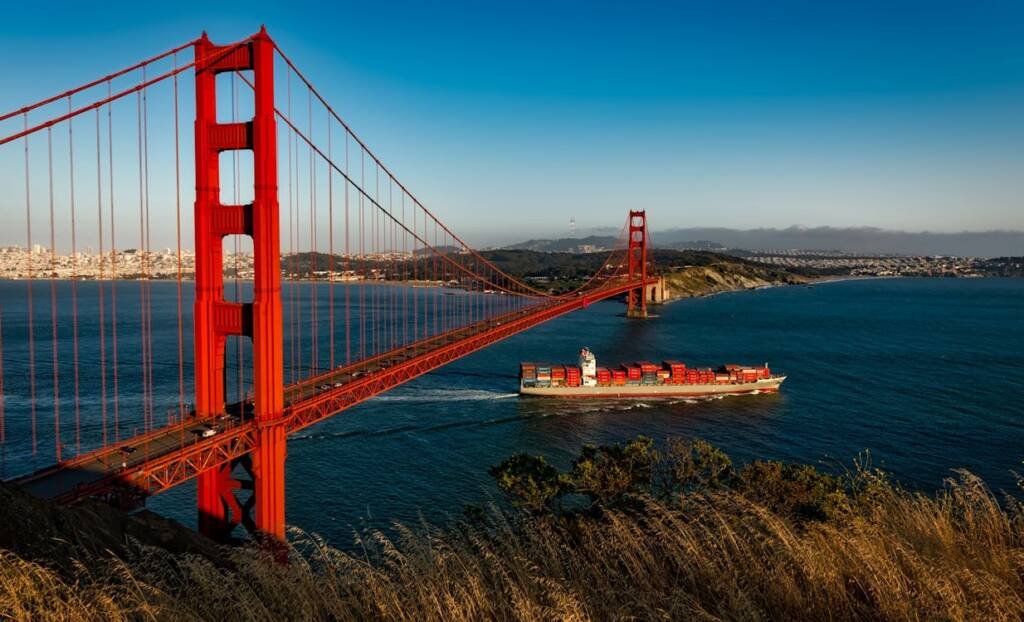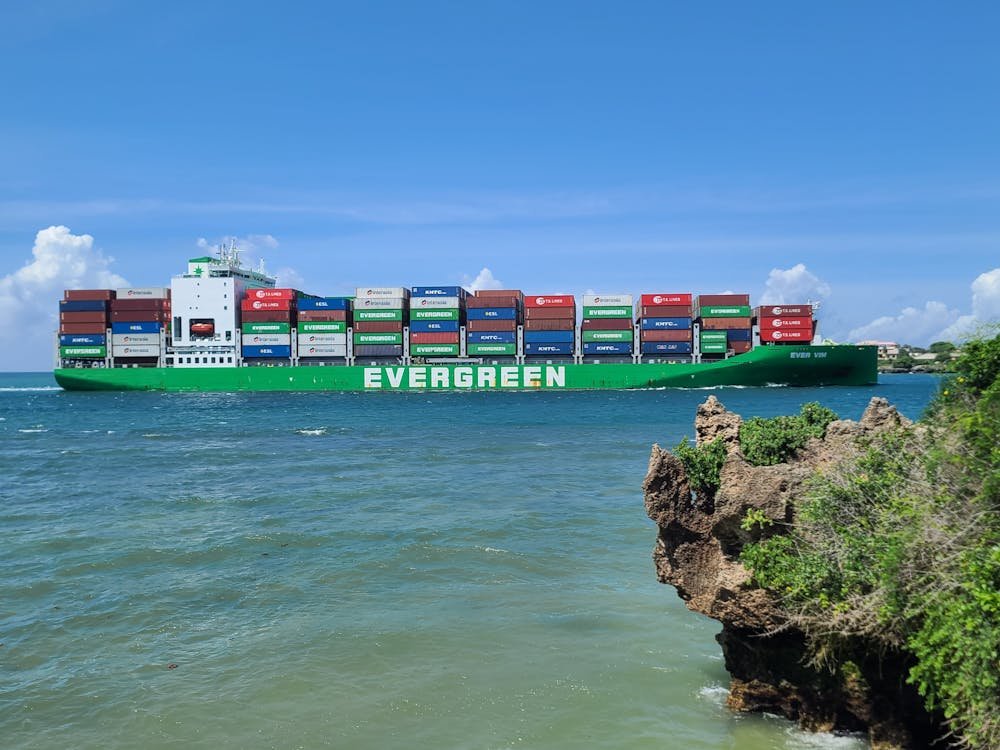Q
Cargo insurance during transportation is an important means to protect cargo from losses caused by accidents, natural disasters or other risks during transportation. Its characteristics are mainly reflected in the following aspects:
The subject of insurance is mobile
Cargo is in a dynamic state during transportation, and may involve multiple modes of transportation such as road, rail, sea, air, and may even be converted between different modes of transportation (such as multimodal transport). Therefore, the location and state of the subject of insurance (cargo) are constantly changing, and insurance companies need to assess risks based on transportation routes and methods.


Long insurance liability period.
The liability period of cargo insurance usually starts from the loading of goods on the means of transport to the unloading of goods from the means of transport or delivery to the consignee. During this period, the cargo may face various risks, such as collision, capsizing, theft, bad weather, etc., and the insurance company needs to cover the risks of the entire transportation process.
Diverse risk types
Risks during transportation include natural disasters (such as floods, earthquakes), accidents (such as traffic accidents, shipwrecks), human factors (such as theft, loading and unloading errors), etc. Insurance companies need to assess risks based on the type of goods, mode of transportation and route, and formulate corresponding insurance clauses.
The insurance amount is closely related to the value of the goods
The insurance amount of cargo insurance is usually determined based on the actual value of the goods or the invoice amount to ensure that full compensation can be obtained in the event of a loss. For high-value goods (such as precision instruments and artworks), insurance companies may require additional insurance or increase premiums.
For more logistics knowledge, please follow Power Link Logistics Ltd
The claim procedure is relatively complicated
Since cargo transportation involves multiple parties (shippers, carriers, consignees, insurance companies, etc.), transportation documents (such as bills of lading, waybills), proof of loss, proof of cargo value and other materials are required when making claims. Insurance companies may also need to investigate the cause of the accident to determine whether it falls within the scope of insurance liability.
International transportation must comply with relevant regulations
International cargo transportation (such as sea and air transportation) usually involves international conventions such as the International Commercial Terms (Incoterms), the Hague Rules and the Warsaw Convention. Insurance terms must comply with relevant legal provisions to ensure the legitimacy of cross-border claims.
Flexible choice of insurance type
Cargo insurance usually provides a variety of insurance types, such as basic insurance (FPA, WPA), comprehensive insurance (all risks) and additional insurance (such as war insurance, strike insurance). Enterprises can choose the appropriate insurance plan according to the characteristics of the goods and transportation risks.

The characteristics of cargo insurance during transportation determine its complexity and importance. When transporting goods, enterprises should fully understand the insurance terms and choose the appropriate insurance plan to reduce transportation risks and ensure the safety of goods.




1 Comment
Ashton Porter
Duis autem vel eum iriure dolor in hendrerit in vulputate velit esse molestie consequat, vel illum dolore eu feugiat nulla facilisis at vero eros et accumsan et iusto odio dignissim qui blandit praesent luptatum zzril delenit augue duis dolore tefe.